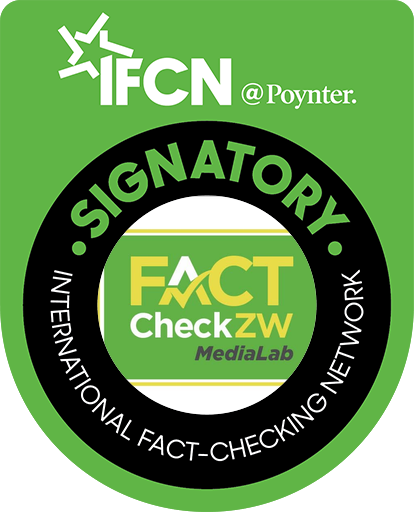Not sure whether you should breast feed your baby or not? Or worried about your milk supply. This factsheet is what the doctor ordered! This Friday we focus on the benefits of breastfeeding and how to increase milk supply.
Here are some benefits of breastfeeding for both baby and mother :
Nutrition
Breast milk is the best source of nutrition for most babies. As the baby grows, the mother’s breast milk will change to meet the baby’s nutritional needs.
Protection
Breastfeeding can help protect babies against some short- and long-term illnesses and diseases. Breastfed babies have a lower risk of asthma, obesity, type 1 diabetes, and sudden infant death syndrome (SIDS). Breastfed babies are also less likely to have ear infections and stomach bugs.
Antibodies
Breast milk shares antibodies from the mother with her baby. These antibodies help babies develop a strong immune system and protect them from illnesses.
Convenience
Mothers can breastfeed anytime and anywhere. Mothers can feed their babies on the go without worrying about having to mix formula or prepare bottles. When traveling, breastfeeding can also provide a source of comfort for babies whose normal routine is disrupted.
Mother’s Health
Breastfeeding has health benefits for the mother too! Breastfeeding can reduce the mother’s risk of breast and ovarian cancer, type 2 diabetes, and high blood pressure. As well as heart disease and postpartum depression.
Exclusive breastfeeding for about the first six months is recommended. The Dietary Guidelines for Americans recommends continued breastfeeding while introducing appropriate complementary foods until children are 12 months old or older.
The American Academy of Pediatrics and the World Health Organization also recommend exclusive breastfeeding for about 6 months, with continued breastfeeding along with introducing appropriate complementary foods for up to 2 years of age or longer.
Breast milk compared to formula is a superior source of nutrition for babies. There has been much debate especially between mothers who choose to breast feed and those who use formula. Research suggests that babies who are breastfed fare better than formula fed babies. As breast milk contains antibodies that aren’t found in formula milk as well as having the capacity to protect ( to a larger extent ) babies from digestive, lung, and ear infections.
Here’s some more information on infant formula as well as animal milks
Infant formula is usually made from industrially-modified cow milk or soy products. During the manufacturing process the quantities of nutrients are adjusted to make them more comparable to breast milk. However, the qualitative differences in the fat and protein cannot be altered, and the absence of anti-infective and bio-active factors remain. Powdered infant formula is not a sterile product, and may be unsafe in other ways. Life threatening infections in newborns have been traced to contamination with pathogenic bacteria, such as Enterobacter sakazakii, found in powdered formula. Soy formula contains phyto-oestrogens, with activity similar to the human hormone oestrogen, which could potentially reduce fertility in boys and bring early puberty in girls.
Animal milks are very different from breast milk in both the quantities of the various nutrients, and in their quality. For infants under 6 months of age, animal milks can be home-modified by the addition of water, sugar and micronutrients to make them usable as short-term replacements for breast milk in exceptionally difficult situations, but they can never be equivalent or have the same anti-infective properties as breast milk. After 6 months, infants can receive boiled full cream milk.
How to increase milk supply
Ongoing, long-term milk production depends mostly on milk removal. The more often and completely it is removed, the more milk the breasts make. The opposite is also true. When milk is removed less often or not enough is removed, the breasts get the signal to slow milk production and make less.
To fully empty the breast, a baby must have a good latch. A baby must latch deeply onto the breast and use the structures in his or her mouth to create intermittent suction, compress the breast with his or her mouth, and swallow. When your baby does this, your body will respond to the signal by releasing the hormone oxytocin. This leads to the release of larger volumes of milk—a process known as milk “let down.”
You can use milk expression to fully empty your breasts, if your baby cannot or you are separated from him or her. You can express milk by hand by compressing the breast tissue with your hands. You can also express milk with a breast pump.
Breastfeed every time your baby is hungry. In the early weeks, your baby will eat 8-12 times every 24 hours. It’s best not to put your baby on a strict feeding schedule. Follow your baby’s cues, and let your baby tell you when it’s time to eat.
- Make sure your baby is latching well.
- Offer both breasts at each feeding. Let your baby finish the first side, then offer the other side.
- Empty your breasts at each feeding. Hand express or pump after a feeding to draw out all the milk and signal your body to make more.
- Avoid bottles and pacifiers in the early weeks. Feed your baby from your breast whenever you can.
- Get plenty of sleep, and eat a healthy diet.
- Pump or express your milk. Pumping or expressing milk frequently between nursing sessions, and consistently when you’re away from your baby, can help build your milk supply.
- Relax and massage. Relax, hold your baby skin-to-skin, and massage your breasts before feeding to encourage your milk to let down.
- Take care of yourself. Get plenty of rest, eat well, drink enough fluids, and let others help you.
See you next Friday where we will be looking at common myths around breast feeding.











